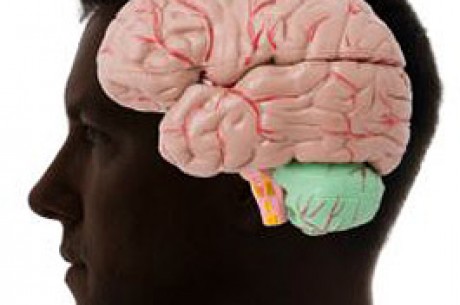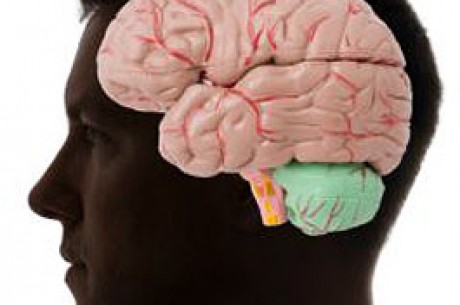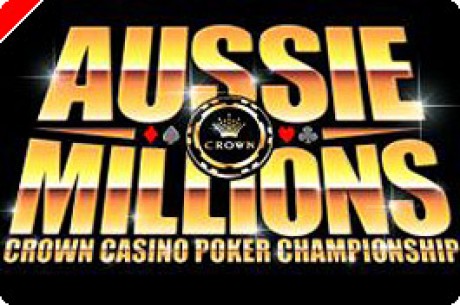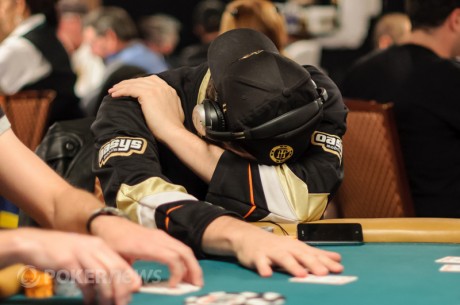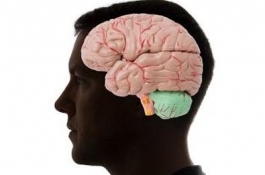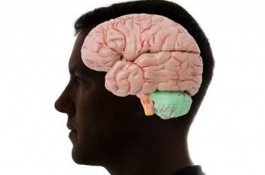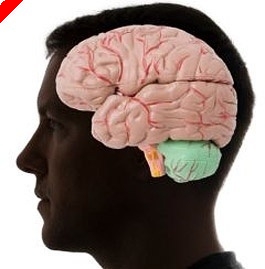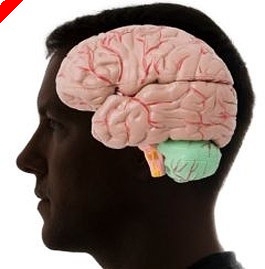The Poker Shrink, Vol 25 - Problem Poker: Part V: Treatment Options
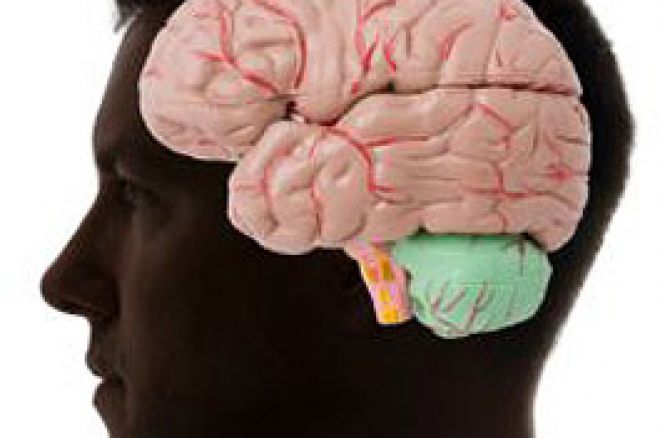
You have heard it said a thousand times: If you can't spot the fish at your table in the first ten minutes, then the fish is probably you. Let's look at that another way: If you can't spot the Problem Poker player at your table in the first round of blinds, then it's probably you with the problem.
You know in every medical school class there is one doctor-in-training who hears each new set of disease symptoms and immediately believes they have that illness. For others they couldn't diagnose their own illness if their life depended on it. So how many of you have read the first four parts of this series and have diagnosed all of your buddies as having a "Poker Problem"? As I said at the beginning, we are all human, we all have addictive tendencies. But recognizing our own follies, foibles and faults is often extremely difficult. My addictions are chocolate and poker playing redheads from Texas but it took years of therapy and buying stock in Hershey's to recognize those addictions in myself. I am powerless over cocoa beans and gumdrops.
Just as there are many addictions, so too are there many levels of Poker Problems and as many treatments and cures as there are individuals who play. On the "easy fix" end of the scale is someone who has read these articles, recognized their problem and has just closed all of their online accounts and gone back to coaching soccer. Nice hand, Sir! For others the cure is not so easy.
Let's look at the mindset, or in some cases 'mind games' that are the central element of many Problem Poker issues. If you can overcome these unfortunately widespread beliefs, you are halfway home to resolving your problem. Poker players often believe their playing abilities to be superior to other players despite consistent evidence (losses) to the contrary. Poker gives evidence session by session that you are wrong in your beliefs, you lose and lose again. Yet the compulsion is fueled by a non-evidentiary belief that we are better. "It's just a run of bad cards." Or "It's just one bad beat after another."
Central to the problem and treatment of pathologic gambling is helping the patient overcome irrational thoughts. Pathologic gamblers believe they have the ability to control random or chance events by relying on superstitious behavior or methods. Even when, as in poker, these superstitions are that two-outer suck-outs will happen for you, but never against you.
Treatment goals for patients who are pathologic gamblers or patients who are being treated for problems like alcoholism tend to be similar in that they focus on restoring a normal way of thinking and living to patients. A variety of approaches are used in the treatment of the pathologic gambler.
Modeled after Alcoholics Anonymous, Gamblers Anonymous is the primary self-help group and uses a 12-step, abstinence-based treatment program. The efficacy of Gamblers Anonymous has not been demonstrated in controlled studies and, unlike alcoholism, some researchers have discovered that complete abstinence from gambling may not be necessary for successful treatment. Now several readers have commented that giving someone information like this (you really don't have to quit!) is counter-productive to helping those with Problem Poker issues. However, I must point out that while Gambler's Anonymous does help some problem gamblers, the program does not have the success that Alcoholics Anonymous does and the two problems are not correlated with any proved scientific studies on treatment. Drinking to excess and gambling to excess do not have the same root causes and therefore may not be treatable by the same methods for all patients.
A current and widely disseminated theory is that people engage in gambling because it has the capacity to create excitement. We are back again to the idea of the "rush" many players feel at the tables. In our increasingly controlled buttoned-down society we often seek behaviors and distractions that involve risk-taking. Risk-taking is reinforced by the emotional experiences that follow, such as relief from boredom, feelings of accomplishment, and the "rush" associated with seeking excitement. For many individuals the mere acknowledgment that they are seeking relief from the ordinary is sufficient for them to recognize their risk-taking behavior and re-channel that behavior away from a problem area. We don't all need years of therapy or group sessions; often we simply need to stop, look and observe our actions to see the error of our ways.
Being "addicted" to $2/$4 limit hold'em is probably not a Poker Problem for most of us. It is simply a social issue or just outright boredom. Playing the $400/$800 with the minimum buy-in which represents your entire bankroll is an entirely different issue and a horse of a different color. Playing the $40 tournament during your weekend in Las Vegas while tipping the waitress $5 for your seventh Jack&Coke is recreational poker; doing that during the $50,000 HORSE event at the World Series is either completely compulsive Problem Poker or the way to get publicity for your soon to be published book.
We are all individuals and judging ourselves or someone else against what is "normal" is always problematic but the first step in intervention or treatment always remains the same: Do you have a problem? Can you see it is a problem? Do you want to do something about it?
Next week, we look at the Professional side of Problem Poker.

